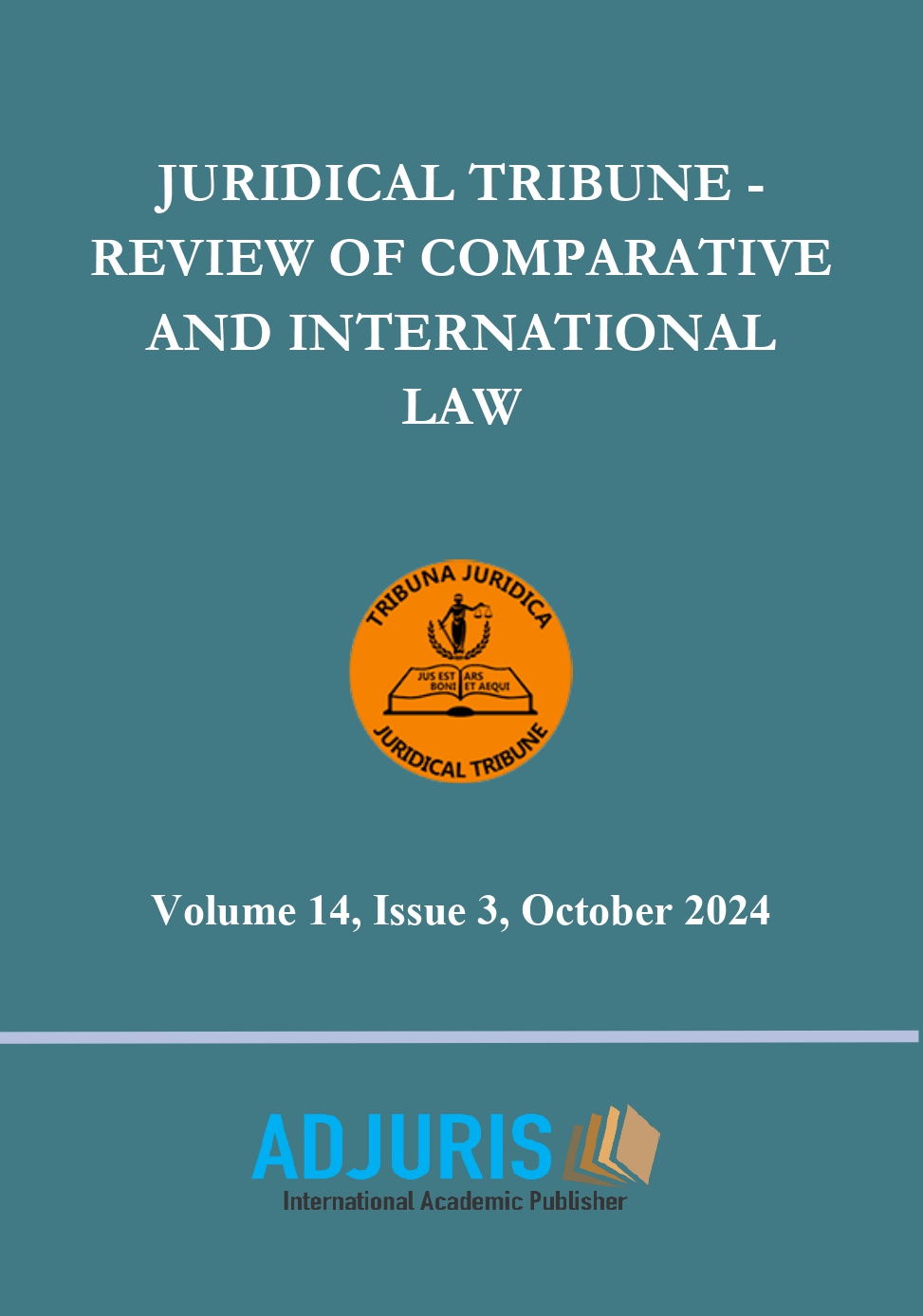Comparative Law in Legal Education: An Interdisciplinary Perspective
Comparative Law in Legal Education: An Interdisciplinary Perspective
Author(s): Paulina E. WilsonSubject(s): International Law, Law and Transitional Justice, Comparative Law
Published by: ADJURIS – International Academic Publisher
Keywords: comparative law; legal education; legal translation; immersive education; interdisciplinarity;
Summary/Abstract: This paper considers the role of comparative law in legal education from the interdisciplinary perspective of law and language. While legal education is traditionally monojural, modern law practice is globalised and demands a broader legal skillset and comparative perspectives in order to navigate legal systems and regulatory frameworks in an informed, effective manner. This is particularly salient where legal systems, structures or rules fundamentally differ between jurisdictions, resulting in conceptual incommensurability and thus impacting on legal communication and practice. Considering that this issue is not expressly addressed in legal education, an interdisciplinary approach to teaching legal methods and skillsis proposed, aiming to develop the student’s interjural competence and ability to understand and convey intended meaning across legal cultures. In doing so, the approach takes a holistic view of the operation of the law with the inextricable link between the law and language at its centre, drawing on comparative law, language teaching and translation methodologies. The paper concludes by suggesting that the law curriculum would be considerably enhanced by inclusion of comparative and linguistic perspectives developed through immersive learning experience, with a view to equipping graduates with interdisciplinary tools for effective legal communication and practice across jurisdictions.
Journal: Juridical Tribune - Review of Comparative and International Law
- Issue Year: 14/2024
- Issue No: 3
- Page Range: 345-362
- Page Count: 18
- Language: English

